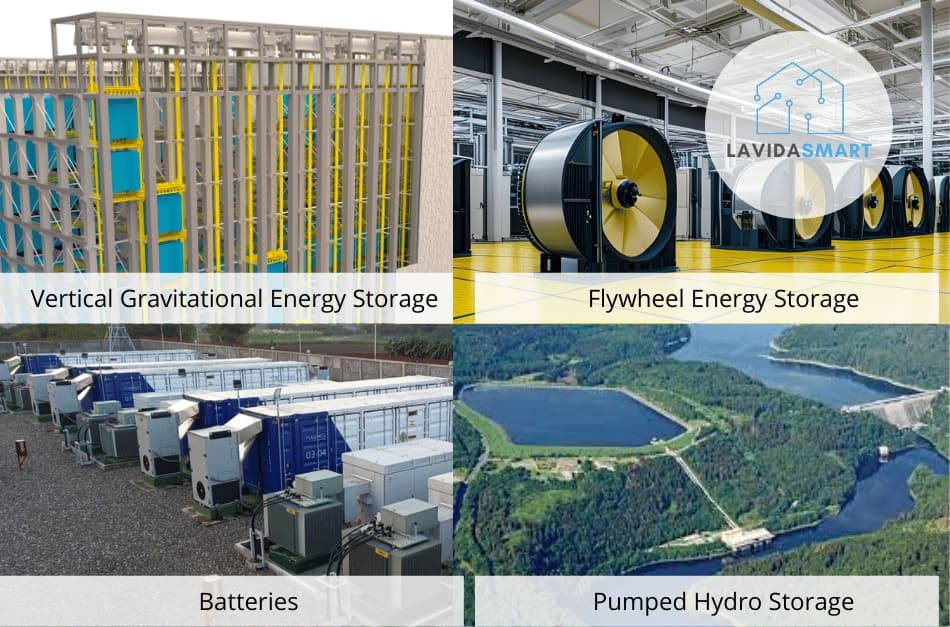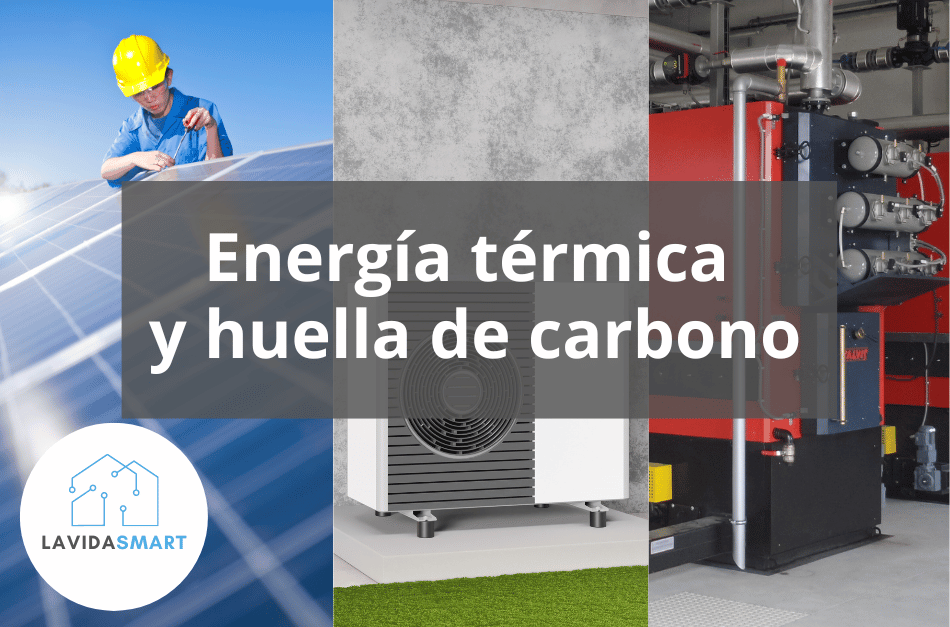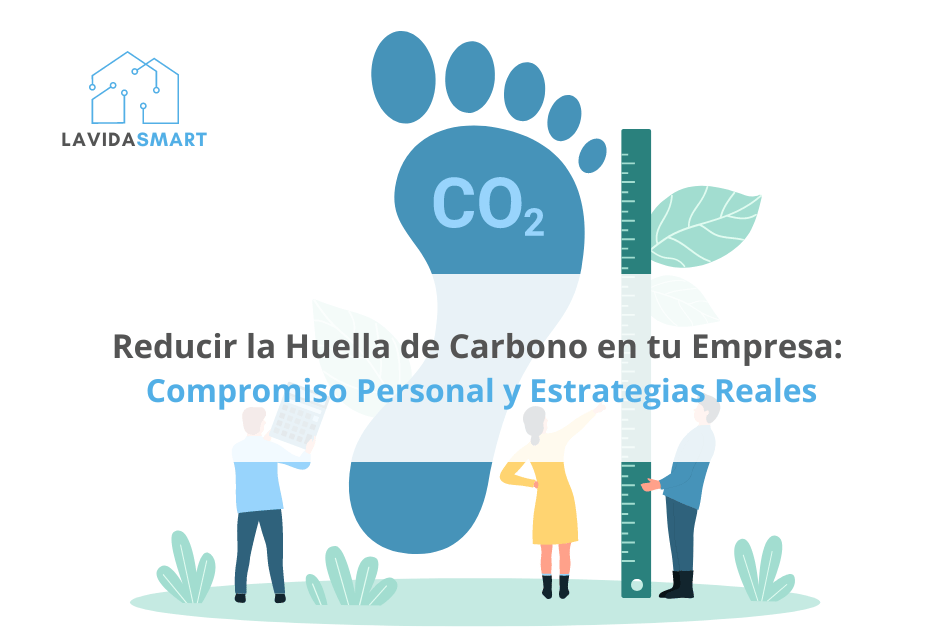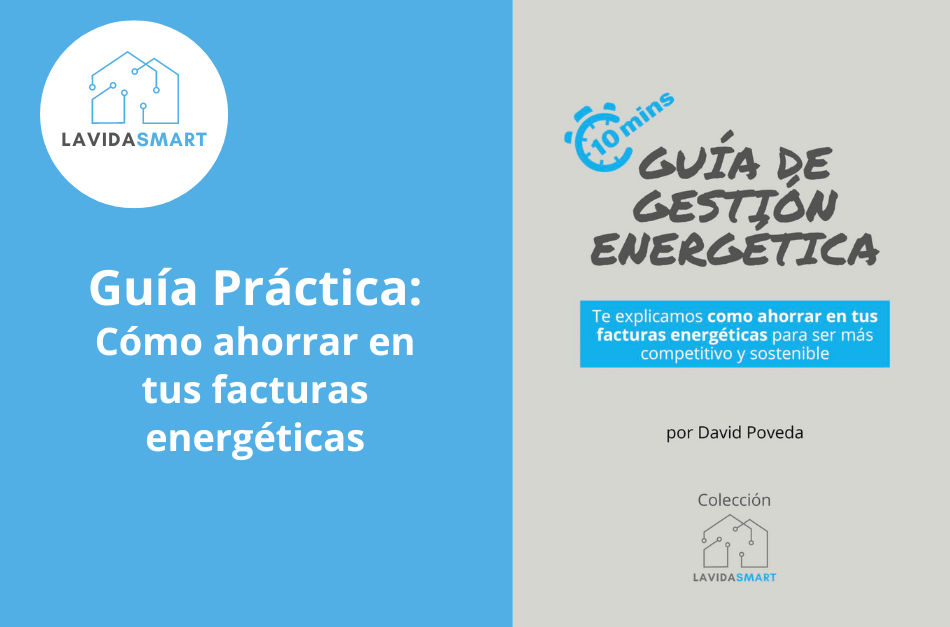In today’s ever-evolving energy landscape, the role of energy storage solutions is undeniably crucial. These state-of-the-art technologies form the cornerstone of our journey towards a sustainable and robust energy future. Ranging from batteries to gravitational storage systems, each solution presents a distinct array of advantages and challenges, tailored to meet a broad spectrum of energy requirements and scenarios.
In this article, we will delve into the various technologies currently available in the market, analyzing their strengths and weaknesses. Due to the fact that are less known technology, we will make special emphasis in Vertical Gravitational Energy Storage (VGES).
Batteries:

Batteries, with their high efficiency and flexibility, have emerged as a cornerstone of modern energy storage. Dr. Fatih Birol, Executive Director of the International Energy Agency, rightly emphasizes their significance, stating, «Energy storage is the linchpin of the transition to a clean energy future, enabling greater flexibility, reliability, and affordability in our energy systems.» Whether deployed in homes or grid-scale projects, batteries offer rapid response times and scalable solutions for storing electricity.
Advantages:
- Batteries are versatile, efficient, and rapidly deployable, making them ideal for a wide range of applications.
- They offer fast response times and can be installed in various locations, from homes to utility-scale projects.
Disadvantages:
- Despite advancements, battery technology still faces challenges such as limited energy density and degradation over time.
- High upfront costs remain a barrier for widespread adoption, particularly in large-scale projects.
Recommended for:
Residential and commercial applications, grid stabilization, and short-term energy storage needs.
Pumped Hydro Storage:
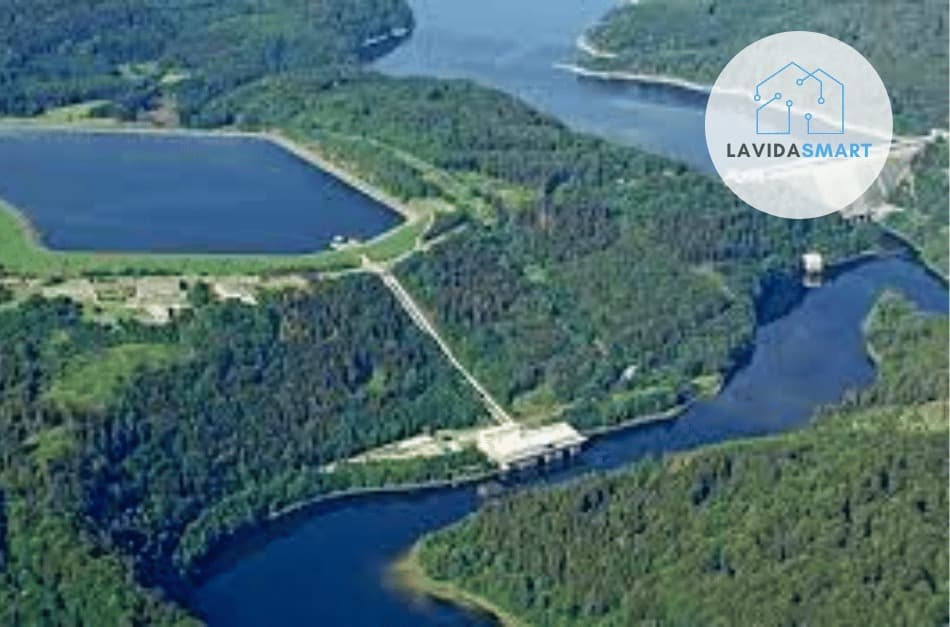
Pumped hydro storage, a tried-and-tested technology, harnesses the power of gravity to store and release energy. With its large-scale storage capacity and proven reliability, pumped hydro has long been a cornerstone of grid stabilization efforts. According to the U.S. Department of Energy, the price per kWh for pumped hydro storage typically ranges from $100 to $300, making it a cost-effective option for utility-scale applications.
Advantages:
- Pumped hydro storage systems provide large-scale energy storage capacity with proven reliability and long lifespans.
- They offer grid stability and flexibility, supporting the integration of renewable energy sources.
Disadvantages:
- Site-specific requirements and significant infrastructure investments limit deployment opportunities.
- Environmental concerns and regulatory hurdles may pose challenges for project development.
Recommended for:
Utility-scale energy storage and grid balancing applications.
Compressed Air Energy Storage (CAES):
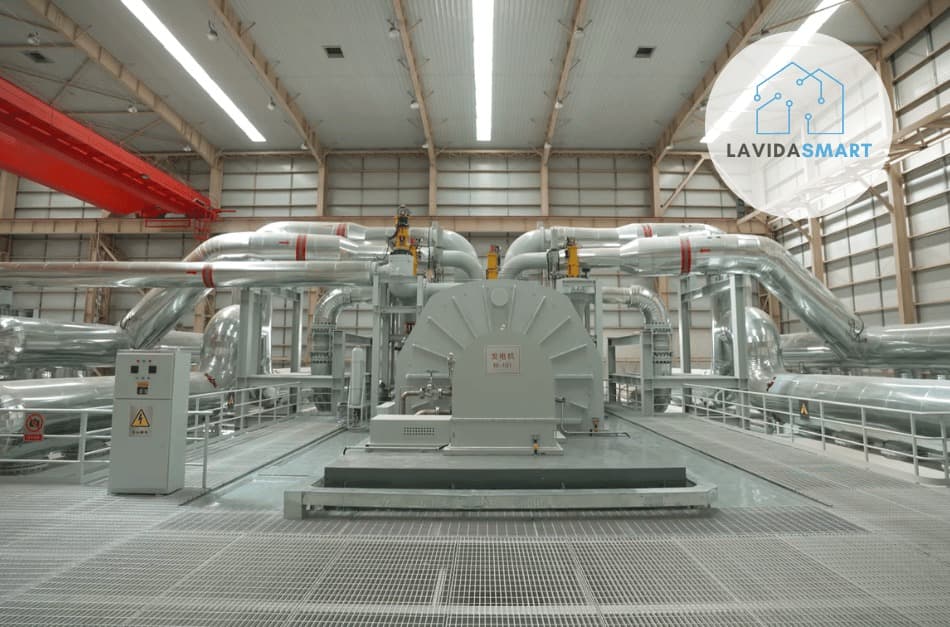
Compressed air energy storage leverages existing infrastructure, such as underground caverns or depleted natural gas reservoirs, to store compressed air. While offering significant potential for rapid deployment and grid stability, CAES systems face challenges related to energy efficiency and environmental impact.
Advantages:
- CAES systems leverage existing infrastructure, offering scalable and cost-effective energy storage solutions.
- They provide grid stability and peak shaving capabilities, supporting the integration of renewables.
Disadvantages:
- Energy efficiency can be lower compared to other storage technologies, particularly in smaller-scale applications.
- Geological constraints and environmental considerations may limit deployment options.
Recommended for:
Utility-scale applications, particularly in regions with suitable geological conditions.
Flywheel Energy Storage:
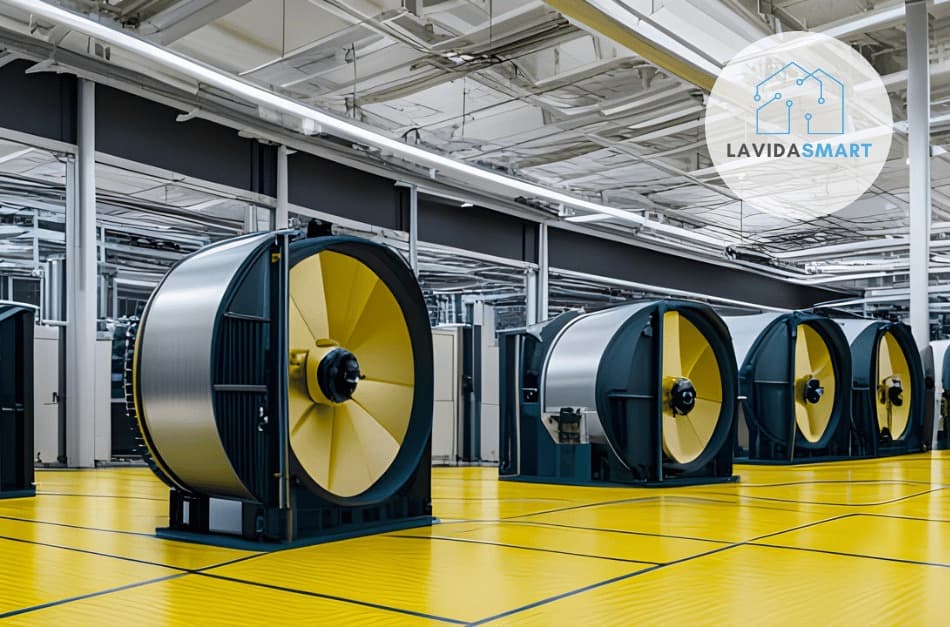
Flywheel energy storage systems, with their compact design and rapid response times, provide an alternative solution for short-duration energy storage. Despite their advantages in efficiency and maintenance, flywheel systems have limited energy storage capacity and higher upfront costs. These systems are particularly well-suited for applications requiring frequency regulation and grid stabilization.
Advantages:
- Flywheel systems offer rapid response times and high cycling efficiency, making them suitable for frequency regulation and grid stabilization.
- They have long operational lifespans and require minimal maintenance.
Disadvantages:
– Limited energy storage capacity and higher upfront costs may restrict their applicability for large-scale projects.
– Mechanical vulnerabilities and safety concerns require careful consideration in design and operation.
Recommended for:
Short-duration energy storage and applications requiring fast response times.
Vertical Gravitational Energy Storage (VGES)
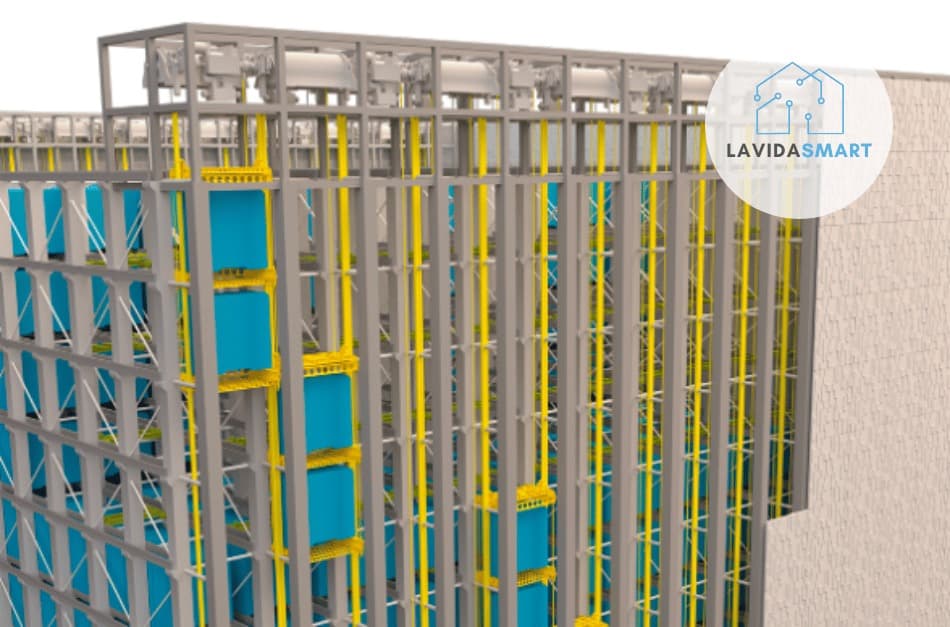
Vertical gravitational energy storage systems represent a promising frontier in energy storage technology. By utilizing heavy masses raised to height as potential energy, these systems offer a unique approach to storing and releasing energy. While still in the experimental stage, vertical gravitational storage has the potential to overcome some of the limitations associated with traditional storage technologies, such as scalability and geographical constraints.
Advantages:
- Large-Scale Energy Storage: VGES systems offer significant storage capacity, making them suitable for utility-scale applications and supporting grid stability.
- High Efficiency: These systems boast high round-trip efficiency, allowing for efficient energy conversion and storage, thereby maximizing energy utilization.
- Small Land Footprint: VGES systems utilize vertical space rather than expansive horizontal land areas, making them ideal for urban environments or locations with limited land availability.
- Versatility: VGES systems can be deployed in various settings, including industrial sites, urban centers, and remote areas, offering flexibility in energy storage deployment.
- Reduced Environmental Impact: Compared to some other storage technologies, VGES systems may have a lower environmental footprint, particularly in terms of land use and ecosystem disruption.
Disadvantages :
- Initial Development Costs: The construction and development of VGES systems may require significant upfront investment due to specialized infrastructure requirements.
- Height Restrictions: Vertical Gravitational Energy Storage (VGES) systems are subject to height constraints, which can impact their viability in specific locations and necessitate meticulous assessment of site suitability. Additionally, alternative solutions involve utilizing heavy masses lifted from underground sources, such as disused mine tunnels, to store potential energy. This innovative approach not only offers a sustainable energy storage solution but also revitalizes abandoned mines, repurposing them into dependable “energy reservoirs”.
- Geological Considerations: Site selection for VGES systems must account for geological stability and soil conditions to ensure the structural integrity and safety of the storage infrastructure.
- Deployment Challenges: Deploying VGES systems may face logistical challenges, particularly in urban areas or regions with stringent regulations, zoning restrictions, or community opposition.
- Limited Application Scope: While VGES systems offer advantages in specific contexts, they may not be suitable for all energy storage applications, particularly those requiring rapid response times or short-duration storage.
Overall, Vertical Gravitational Energy Storage systems present promising opportunities for large-scale energy storage, offering efficiency, versatility, and reduced land footprint. However, careful planning, site selection, and consideration of deployment challenges are essential for maximizing the benefits of this innovative storage technology.
CONCLUSION
In conclusion, the selection of an energy storage solution depends on various factors, including energy requirements, project scale, geographical considerations, and budget constraints. While each technology has its own set of advantages and limitations, the collective goal remains the same: to enable a more sustainable, reliable, and resilient energy future.
In a future article we will focus on thermal energy storage solutions.
Are you familiar with other energy storage systems? Did you find the article interesting? Are you seeking assistance with your energy project? Please don’t hesitate to reach out via WhatsApp at +34 622 583 012 oe email: d.poveda@lavidaSMART.com I’d love to hear from you! 😊

